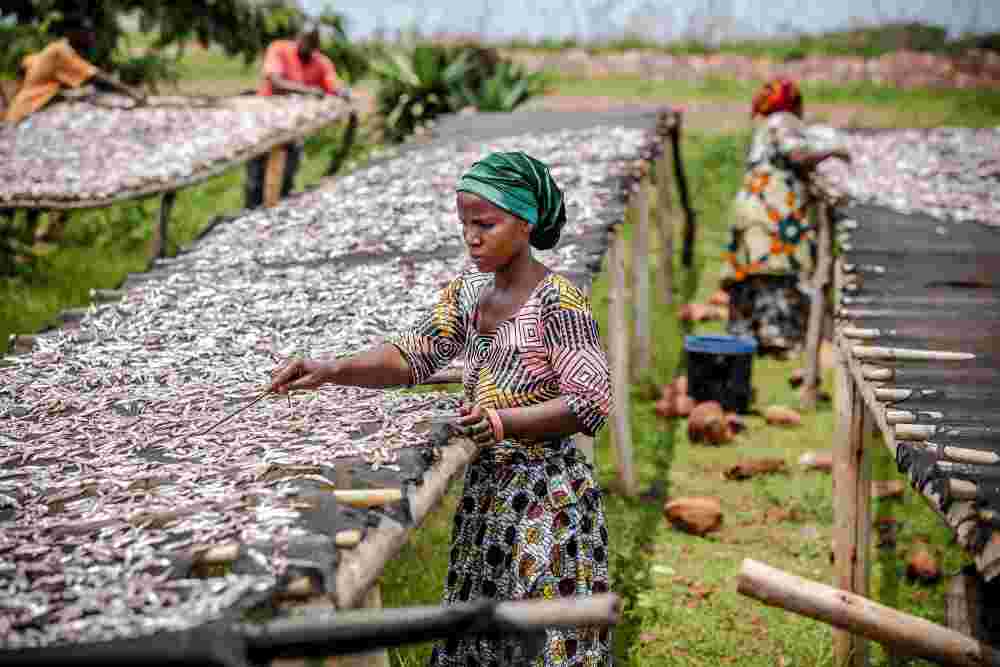Empowering Women in Small-Scale Fisheries for Sustainable Food Systems (2020-2021)
Malawi, 2020 - 2021
Get Microdata
Reference ID
MWI_2020-2021_EWSFSFS_v01_EN_M_v01_A_OCS
Producer(s)
Nicole Franz, Lena Westlund, Molly Ahern
Collections
Metadata
Created on
Feb 06, 2023
Last modified
Mar 10, 2023
Page views
77096
Downloads
877
1.4.2.1 Can you tell me something from your experience about small scale fisheries women access to productive assets? (x1_4_2_1_can_you_tell_me_som)
Data file: data_anon_kii
Overview
Valid:
10
Type:
Discrete
Width:
255
Range:
-
Format:
character
Questions and instructions
Categories
| Value | Category | Cases | |
|---|---|---|---|
| - Common assets owned or accessed by women includes; drying lacks, Basin, Frying pans, packing materials for processing fish. Most Solar tent driers are not functional. In Chipoka stratum, some storage facilities, washing bay and smoking kilns are not | 1 |
10%
|
|
| - Only one woman has fishing Net in the area, the rest are men. - Women are able to access drying lacks, Smoking kiln, Basin, Frying pans, packing materials for processing fish. | 1 |
10%
|
|
| - Progress show increase in number of women accessing productive assets. Women now own and access fishing gear and have boats, engine, or nets. - In Annual FRAME Survey Report 2019 shows percentage of women owning fishing assets is increasing. | 1 |
10%
|
|
| - The productive assets that most women have access to are in relation to their involvement in the other segments of the fisheries value chain other than fishing itself. | 1 |
10%
|
|
| - Very few women own fishing boats or nets, not more than 3 that I know. - Most women have fish processing facilities like open drying lacks and fryin pans. | 1 |
10%
|
|
| - Women access productive assets through different means such as inheriting from parents or husbands and some women access the assets through procuring the assets themselves. | 1 |
10%
|
|
| - Women mostly have access to drying lacks, lending of land along the beaches for drying lacks, labour for construction of drying lacks, utensils for para-boiling and other asset for processing fish. However these are of low value as compared to those t | 1 |
10%
|
|
| - Mostly single women or women headed households have assets, fishing units, motorized boats, nets, engines but very few. But employ men who does fishing. - Fishing is still male dominated field, because of its nature and cultural, religious beliefs | 1 |
10%
|
|
| - Some women have access to pdoductive assets such as motorized boats, nets, engines and fish driers but very few in numbers, only around 10% of those born along lake shore areas. - Those with access to productive assets usually employ men to do the | 1 |
10%
|
|
| Not many women have productive assets. Few have and can access; fishing units, motorized boats, nets and engines, baskets. Those that have will also employ men who does fishing. Fishing is still male dominated field, because of its nature and cultural | 1 |
10%
|
Warning: these figures indicate the number of cases found in the data file. They cannot be interpreted as summary statistics of the population of interest.
